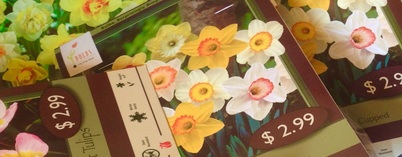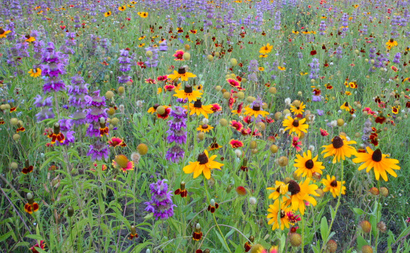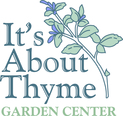There is an oft repeated feeling that I experience every year here
in Texas. By summer I am mentally packing my bags and moving
to Colorado. I swear that I cannot take one more year here in this
heat. But then something happens. Not just any something… but
Texas in spring happens.
Specifically, our state breaks out into bloom. Then all of a sudden
I no longer feel the immediate need to relocate to somewhere cooler,
because there is nothing “cooler” than spring Texas wildflowers
in all their glory!
If you have an area in your yard that gets plenty of sun and maybe
is in need of a little pizzazz, then you can easily bring these spring
(and summer) blooming beauties to your home garden. September
is a good month for planning you backyard wildflower patch.
In smaller beds, many wildflowers can be planted from pots as re-
seeding bedding plants or perennials along side your begonias and
daffodils. For larger blank canvasses, there are great seed sources
to fulfill every wildflower lover’s wildest dream.
Bluebonnets and Indian paintbrushes are probably the first wild-
flowers that come to mind when we think Texas but some other
great wildflower choices for home gardens include pink evening
primrose, 4- nerve daisy, black foot daisy, penstemon, lantana,
mealy blue sage, coreopsis, gallardia, and purple coneflower.
Some of these plants are becoming so common in the xeric gardens
that we forget that they are actually wildflowers, still found along
many of our roadsides all over the state.
For larger areas, the sky’s the limit when planting a wildflower
patch. Just make sure that the seed mixes that you choose are form-
ulated for your particular soil type. Sticking with Texas sources
will help ensure your success in choosing the right seeds for your
area (and yes, that even means whether you are east or west of I-35).
Wildflower plants can be installed almost any time from fall until
spring, but the best time to set out seed is in the fall. Many wild-
flowers germinate in the fall, including bluebonnets, and so plant-
ing this month or even earlier in September will help to ensure
mature enough plants by early spring.
Some also need a cold spell to germinate, and all will benefit from
the cooler fall temperatures and usual rainfall. The more wet stuff
we receive in the fall and winter, the more amazing the blooms in
the spring.
To set out seed, take a hard rake – or something similar – and
scratch up the soil to give the seeds a loose surface to work into.
Broadcast the seed over the area according to the seeding rates from
the company for best results (or just scatter them until you are out-
which is how it usually works at my house).
Lightly drag the rake across again to make sure the seeds are in
contact with the soil and then water a few times a week for a couple
of weeks to encourage germination. Another option is to plant just
after a good rainstorm, and let nature take its course.
One note of caution: avoid planting wildflower seeds out where
any weed and feed or pre-emergent has been put down for some
time. This will prevent your seeds from sprouting.
If you’ve been given some wildflower seed balls (golf-ball size
balls of dirt and seeds), they can be scattered out before a good rain
into any promising area and should be able to take care of them-
selves from there.
Native wildflowers do not require regular irrigation, but in very
dry years, some supplemental irrigation will help keep your wild-
flowers healthy enough to regenerate next season.
To keep your wildflowers coming back every year, especially the
re-seeding annuals, avoid mowing or cutting them down in the
spring until they have finished blooming and have shed their seeds.
Happy gardening everyone!






